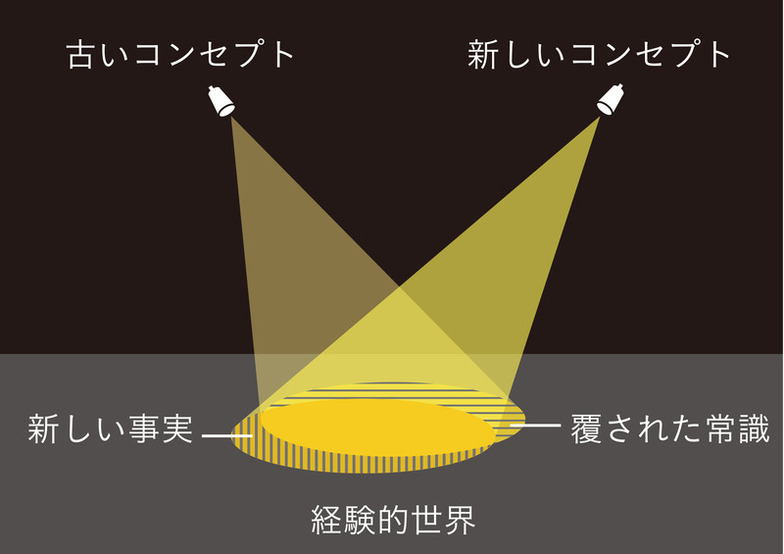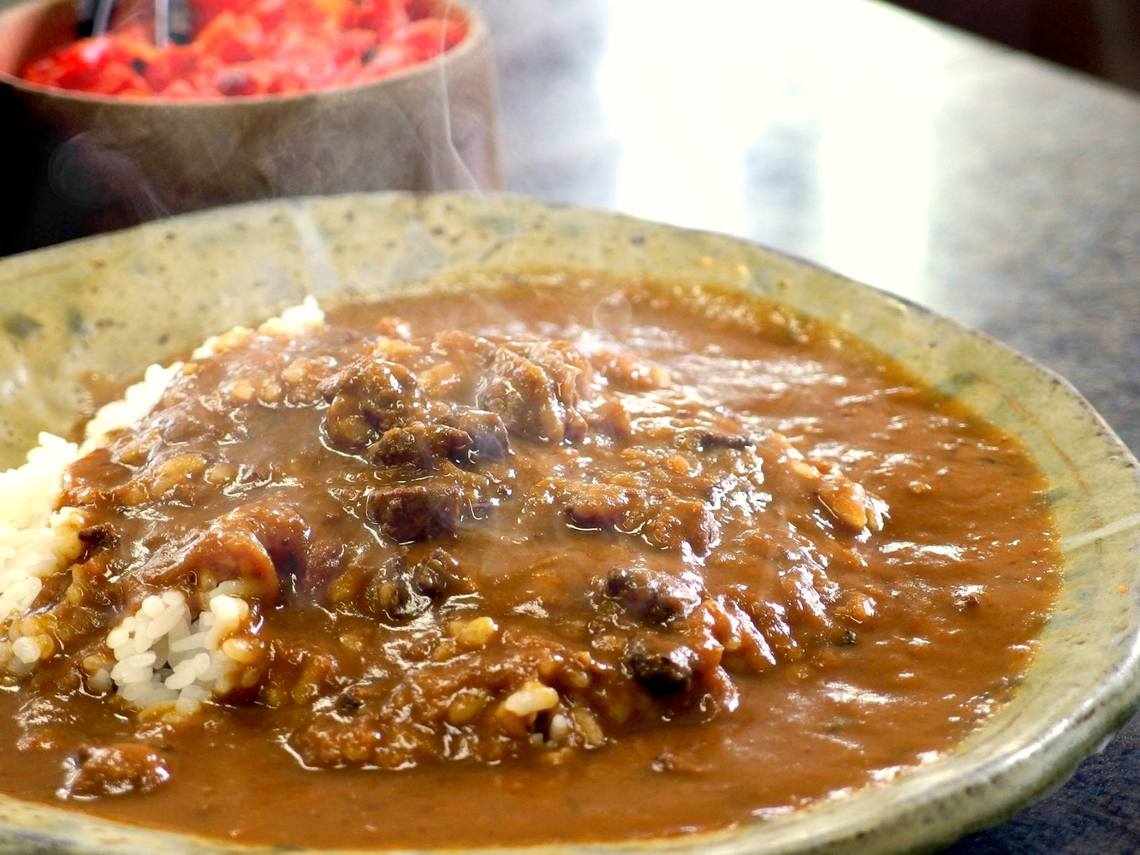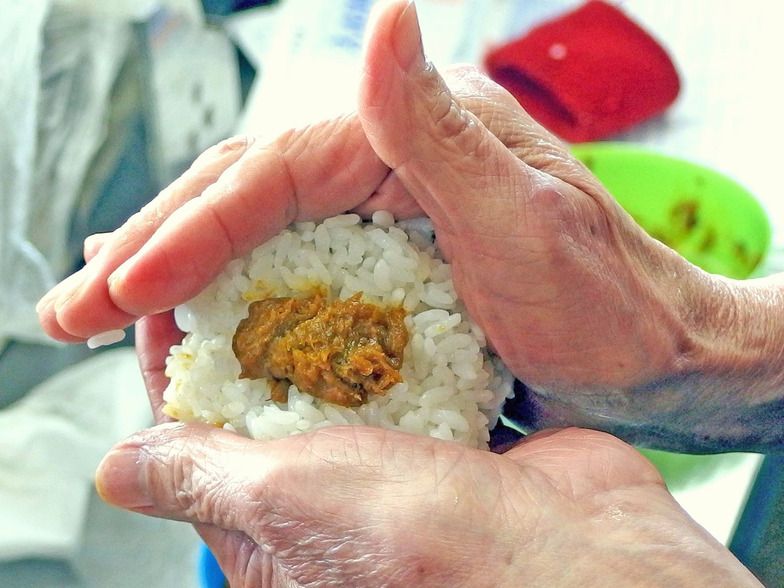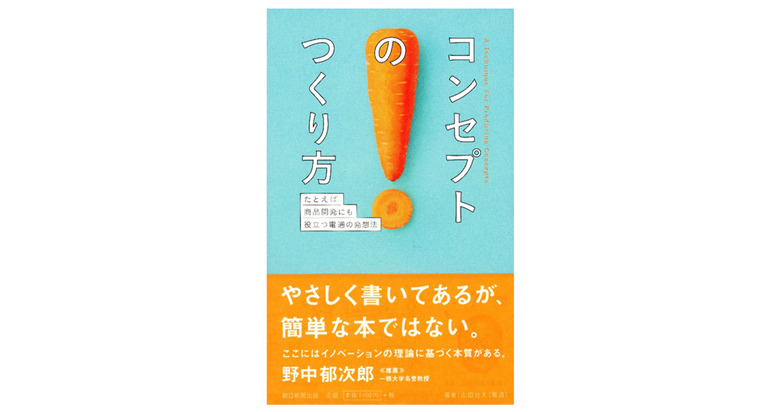We extend our deepest sympathies to all those affected by the earthquakes centered in Kumamoto.
I absolutely love cooking, but I have one major weakness: curry rice. I'm embarrassed to admit I've never actually cooked it using curry roux (though I think I might have made it in a big pot with everyone during an overnight school trip in second grade). It's not that I dislike it. It's just that it doesn't really pair well with drinks, and I never find a reason to make it. I'll cook stews or stir-fries using curry powder... but curry rice? I don't know. I know it's weird, even to me.
Even someone like me found a product that caught my eye. It's bottled curry from a curry shop in Miyazaki City, founded in 1979. It's a gem that lets you enjoy a quick, authentic bite of curry when you have just a little rice left in your bowl. It's handy to keep in the fridge – you can use it as filling for rice balls or spread it on toast. It's the kind of product you'd think existed but didn't – "Oh, that's the way to do it!"
I met the developer, Mr. Yoshiya Ban, last year at the Miyazaki Food Business Seminar. At the time, he told me, "I'm quite proud that this is a somewhat new product. But precisely because it's new, it's hard to recommend to customers." Indeed, compared to simple retort pouch curry, it's expensive and heavy. Challenging "what others aren't doing" is tough.
A while back, the main product description was " curry tsukudani." Ah, I see! Calling it "tsukudani" conveys that it works on leftover rice or in onigiri, communicating a new way to use the product. But then again... Is it just me, or does it look dark and taste like sweet soy sauce?
Mr. Ban has been experimenting a lot, but perhaps there's more effective copy out there.

Concept = Searchlight
On the other hand, "curry tsukudani" could be used not as copy directly addressing customers, but as a concept for sharing the direction internally. Since the concept is a "searchlight," in this case it means rethinking "curry" from the perspective of "like tsukudani." This allows all the characteristics of tsukudani—not just "one-bite rice" or "onigiri filling"—to become new angles for considering curry.
For instance, tsukudani offers many variations based on different ingredients. Following this approach, developing this bottled product in flavors like "Chicken," "Pork," "Shrimp," and "Root Vegetables" might be the tsukudani-like way to go.
Or, tsukudani, especially for gifts, often comes in elegant, individually wrapped plastic packs. Questioning "Why jarred?" is another tsukudani-like perspective.
Beyond that, the concept itself offers numerous perspectives for refining the new product: "Where do we express the sense of being a long-established tsukudani maker?" "Does a black, glossy finish make it look more delicious?"
Of course, sometimes a phrase developed as an "internal spotlight" becomes exactly the right words to explain things to customers. That said, copy and concept have fundamentally different roles, so you must consciously use them appropriately.

Eatable Curry Product Cut
Stop complaining (lol), order online here.
Enjoy!







